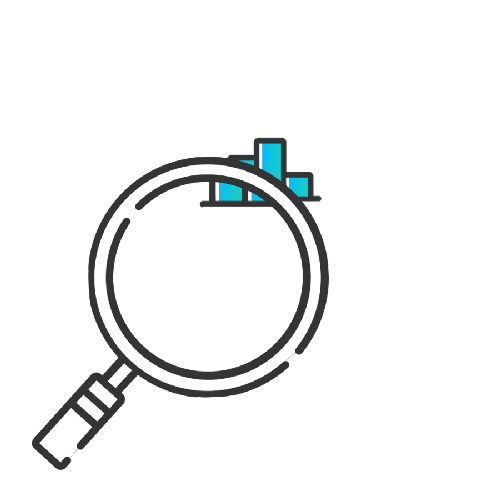Error message title

Error message title
Searching great energy plans for you
4 ways to save on energy bills this winter
Winter is coming…

For many Aussies, winter can sometimes mean high bill season. The drop in temperatures can bring a spike in energy usage as you settle into your winter lifestyle – staying in, turning up the heating and using more gas and electricity to power long hot showers and clothes dryers.
Unfortunately, this spike is also reflected in bigger bills, And, let’s face it, higher bills are guaranteed to keep warm fuzzy feelings at bay…
Here are our 4 top tips to help you avoid usage spikes and cold-weather bill shock and put you back in control of your winter energy usage.
1. Monitor your energy usage with ease
ENGIE offers free tools to help you avoid future bill shock:
- MyENGIE app
MyENGIE helps make managing your energy easier, by allowing you to monitor your electricity, gas and solar usage. You’ll be able to see any usage spikes and make changes to the way you’re using energy to help you save. Plus, you can pay your bills, set up direct debit, manage concessions, submit a self-meter read and more.
Learn more about MyENGIE here. - Tracker
Tracker helps you monitor your electricity usage, set budgets and estimate your next bill. A weekly Tracker email means you can stay on top of your usage and make tweaks with ease. Getting Tracker is easy. All you need is a smart meter and an email address and we’ll sign you up to this free service.
Learn more and register for Tracker here.
2. Know your usual spend
Knowing how much you usually spend on energy at this time of year will help you work out if your usage stacks up.
You can check in by reviewing your ENGIE bill. The Consumption Profile and Usage Benchmarks sections on page 2 offer at-a-glance looks at your electricity or gas usage. Make sure your comparison is accurate by comparing with the same time last year.
The Usage Benchmarks section makes it super simple to compare by showing your average daily usage in kWh, and outlines what you were using each day at the same time last year.
Switched to ENGIE less than a year ago? Check your winter bill from your previous provider and see how your usage (in KWh) stacked up.
You can also check your usage through the MyENGIE app. Again, make sure you’re comparing like for like and looking at your consumption for the same time of year. And remember to take things like moving home, additional family members or increased time at home into account when looking at usage figures.
3. Complete some simple household checks
A quick assessment can help make sure your home is as efficient as it can be over the winter months:
- Check for ageing or faulty equipment and energy ratings
Older heating systems and appliances such as fridges can be inefficient and could cost you more as they age. - Block heat escape routes
According to Sustainability Victoria, up to 25% of your home’s winter heat loss is caused by drafts. Check for gaps around doors and windows where heat could escape and cover evaporative cooling outlets while not in use. - Check heater vents are clear of obstructions
Remove any furniture or home items that are stopping the warmth you’re paying for from reaching you.
4. Tune in to winter energy saving tips
These simple home energy saving tips could help you take control of your winter energy use, and your electricity and gas bills:
- Make every degree count
Set your aircon to 18-21°C in winter. Every degree outside this range can add up to 10% to your heating costs. - Harness the winter sun
On sunny winter days, make sure you’re throwing open those curtains and switching off artificial lights. Close blinds and curtains as soon as the sun sets to trap the heat in. And don’t forget to use the power of the winter sun to dry your clothes – tumble dryers are notorious energy suckers. - Shorten hot showers
Invest in a waterproof timer and keep showers short – hot water accounts for around 25% of the average winter energy bill. - Give standby the flick
Leaving multiple home appliances on standby could be responsible for up to 10% of your household’s electricity bills. Save on standby costs by switching appliances and devices off at the power outlet when they’re not in use. Read more about saving on standby costs here. - Avoid your oven
Most slow and pressure cookers are more energy efficient than ovens, so use these appliances to make warming winter dishes. If you do use your oven, batch cook to save on running costs. Read more about saving money in the kitchen here.
Aside from the colder weather, there are many other reasons energy bills go up and down. From meter read types to working from home, our troubleshooting checklist can help you understand why your bill may have changed.
References
Commonwealth of Australia (Department of Industry, Science, Energy and Resources), www.energy.gov.au
Victorian Energy Saver, Top 10 ways to save on energy bills
Commonwealth of Australia (E3 Program), www.energyrating.gov.au
Canstar Blue, What is your air con temperature setting costing you?
Sustainability Victoria, Draught proofing a home
